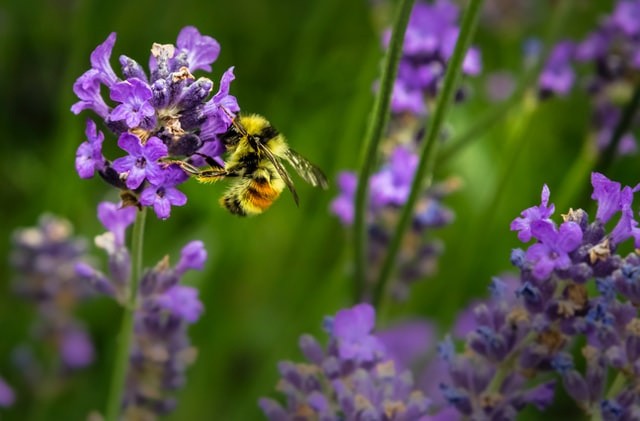Scientists discovered a gene that causes plants to produce fruits and seeds.
This discovery might let agriculturists avoid pollination entirely for food production, which would be advantageous in such times of rising global temperatures and declining pollinator numbers.
Fruit trees, in general, require a particular number of cold hours each year to control their vegetative cycle.
The accumulation of chilly hours begins in the fall, with daily reduction of daylight hours and temperature drops.
After a period of the buildup of reserve components that will serve as the basis for the blooming / budding of the next biological cycle, our woody species will gradually cease its physiology and metabolism to enter winter rest.
Mechanism of Flowering plants

Zhongchi Liu, the study's senior author and a professor of cell biology and molecular genetics at UMD and her colleagues wanted to know how fertilization - or pollination - causes a flowering plant to begin the fruit development process, as per ScienceDaily.
The researchers thought that such an internal communication system was in charge of signaling the plant to form fruit, but they didn't know how that mechanism was activated by fertilization or pollination.
To discover out, the researchers used strawberry plants to model pollination and fruit development procedures.
Strawberries, according to Liu, are particularly well adapted to fertilization modeling because of their distinctive structure and seed distribution.
Liu and her colleagues discovered AGL62, a gene common throughout all flowering plants, as the trigger for fruit and seed formation.
AGL62, according to Liu, increases the synthesis of auxin, a key plant growth hormone.
Once the gene is activated, auxin is generated to stimulate the formation of seedcoat (the outer protective coating of a seed), endosperm (the component of a seed that supplies sustenance for a developing plant embryo), and fruit.
The role of auxin in controlling endosperm development is very important for researchers since it affects grain size and fruit expansion.
The first author, Lei Guo, effectively interrupted the AGL62 function using CRISPR, a revolutionary gene modification technology.
As a result, the strawberry plants have been unable to produce fruit or seeds, highlighting the importance of AGL62 in this process.
In nature, pollination causes the AGL62 gene to produce auxin, which is required for proper fruit and seed development.
However, by establishing this link between gene and hormone, Liu and her colleagues have established the groundwork for agriculturalists to use biotechnology to turn on AGL62, avoiding pollination entirely - in other words, to generate virgin fruits.
These discoveries, according to Liu, are especially critical at a time when global warming is affecting the food supply throughout the world.
Process of Fruit Setting
Although flowering is normally a progressive process inside the same plant, its duration is relatively brief since unpollinated flowers wilt and fall, as per Cultifort.
The weather is critical during pollination because low temperatures and rains can change the behaviors of pollinating insects, lowering their activity or making anemophilic pollination harder by degrading the quality of pollen under high humidity conditions.
High temperatures, on the other hand, might limit the effective pollination time or even cause flower abortions.
Similarly, frosts or extremely high temperatures can cause considerable harm to newly established fruits, resulting in their loss.
Pollination requires the passage of pollen from the flower's anther to the stigma of another bloom (allogamy) or the same flower (autogamy) in the instance of hermaphroditic and self-compatible flowers.
It should be noted that certain fruit species, such as citrus, may produce fruit without the blooms first being pollinated and fertilized.
This type of fruiting, characterized as parthenocarpic fruiting, generates fruits that lack seeds.
Parthenocarpic fruits have lower levels of auxins and cytokinins than seed fruits of the same species, and gibberellins are almost non-existent.
They are more vulnerable to natural falls and, as a result, it is crucial to keep the plants in the optimal nutritional condition in order to achieve a sufficient level of output.
In certain situations, this parthenocarpy is caused by the use of gibberellins, which promote a rise in the endogenous auxin concentration in the ovary of a non-pollinated flower as well as fruit development in the absence of fertilization.
© 2025 NatureWorldNews.com All rights reserved. Do not reproduce without permission.





